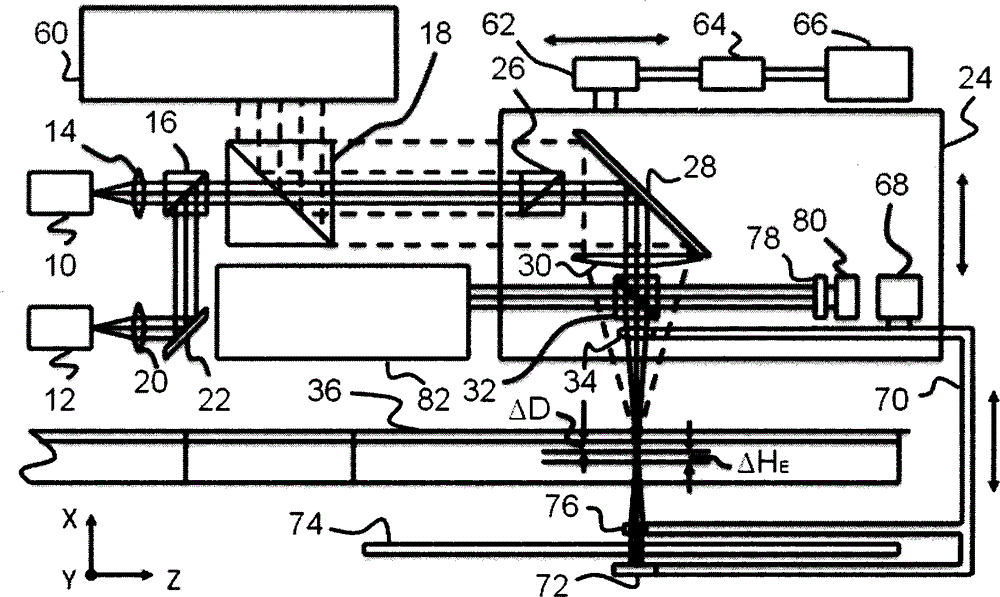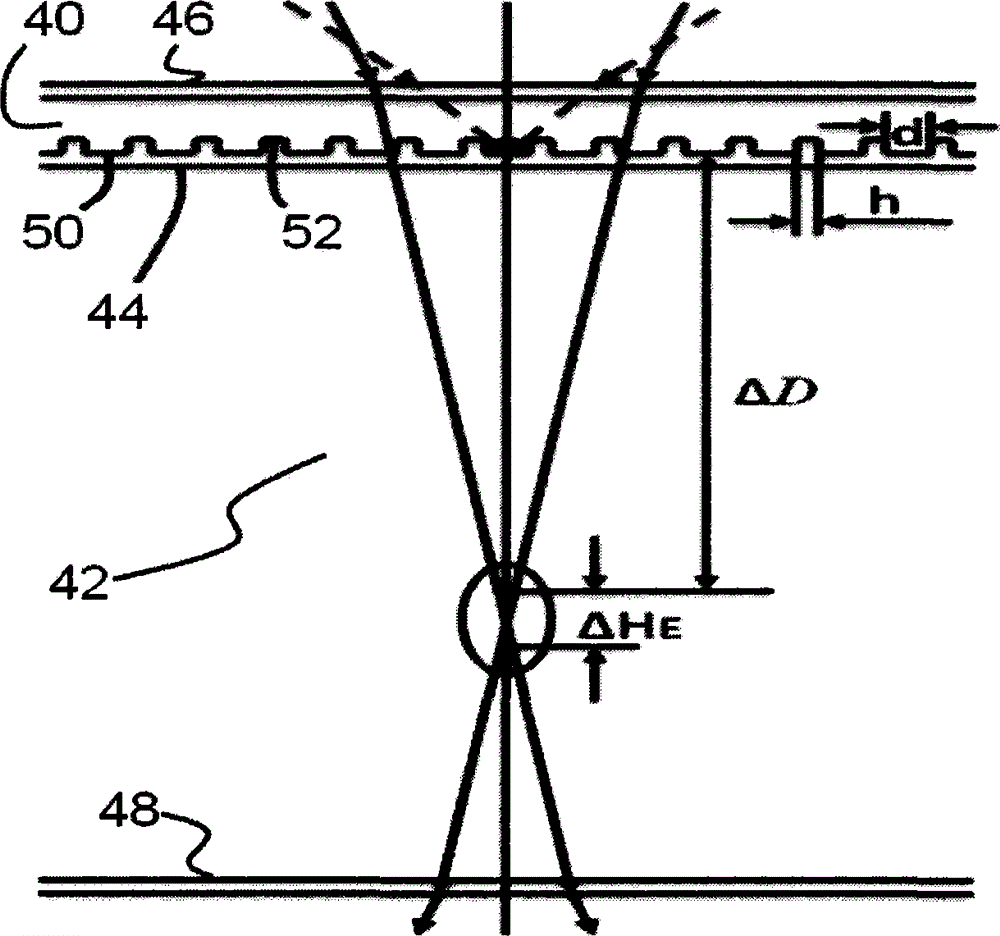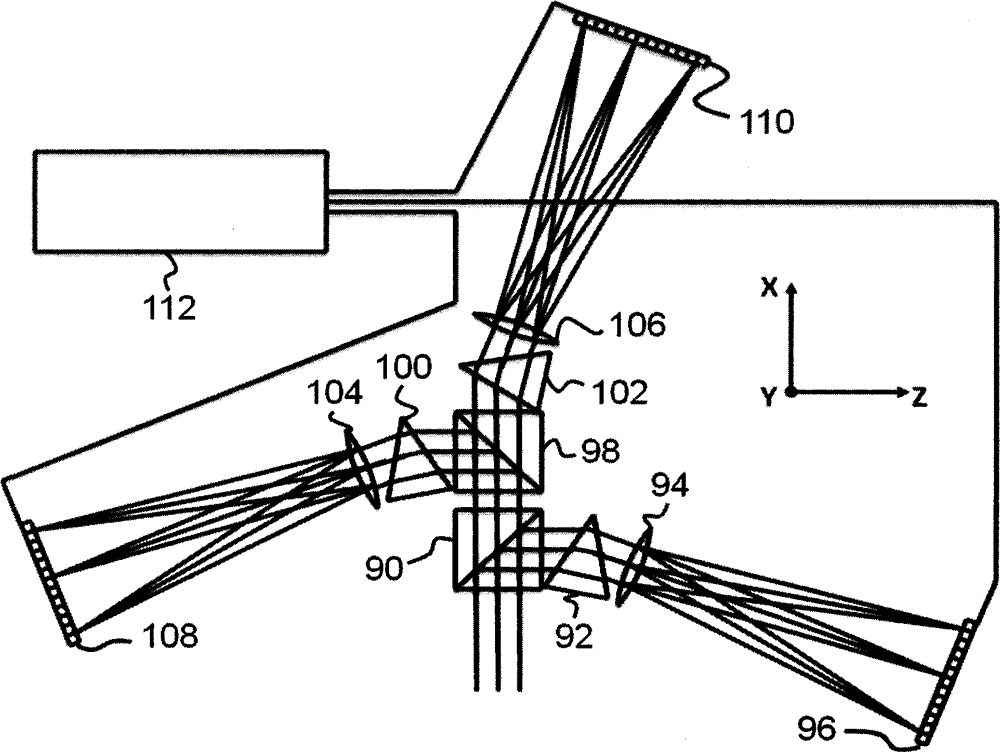Optical six-dimensional multilayer storage technology using two-photon absorption writing and erasure as well as optical coherence tomography scan reading
A multi-layer storage and optical technology, applied in the direction of recording/reproducing/erasing using optical interference patterns, recording/reproducing with optical methods, optical recording/reproducing/erasing methods, etc., can solve the problem of reducing data recording and reading Problems such as quality, data writing, erasing and reading cannot be performed, large interference noise, etc.
- Summary
- Abstract
- Description
- Claims
- Application Information
AI Technical Summary
Problems solved by technology
Method used
Image
Examples
Embodiment Construction
[0016] figure 1 It is a schematic diagram of the optical structure of a preferred embodiment of the six-dimensional optical storage system designed according to the method of the present invention. It can be regarded as a standard optical disc drive plus a synchronously moving reflective unit placed under the optical disc, and uses laser arrays and superluminescent diode arrays as light sources for data writing / erasing and reading, and light detection sensor array as a signal detector.
[0017]The writing / erasing light source 10 includes M fixed-frequency distributed feedback (FF-DFB) semiconductor laser arrays, thus constituting a wavelength-selectable light source. Each laser array contains N FF-DFB lasers, and the number of N is generally from 30 to 70. During manufacture, each FF-DFB laser produces a wavelength difference shift of 4 nanometers to 13 nanometers in turn, so the wavelength distribution of each laser array is λ W1 , lambda W2 , lambda W3 ,...,λ WN , and ...
PUM
 Login to View More
Login to View More Abstract
Description
Claims
Application Information
 Login to View More
Login to View More - R&D
- Intellectual Property
- Life Sciences
- Materials
- Tech Scout
- Unparalleled Data Quality
- Higher Quality Content
- 60% Fewer Hallucinations
Browse by: Latest US Patents, China's latest patents, Technical Efficacy Thesaurus, Application Domain, Technology Topic, Popular Technical Reports.
© 2025 PatSnap. All rights reserved.Legal|Privacy policy|Modern Slavery Act Transparency Statement|Sitemap|About US| Contact US: help@patsnap.com



